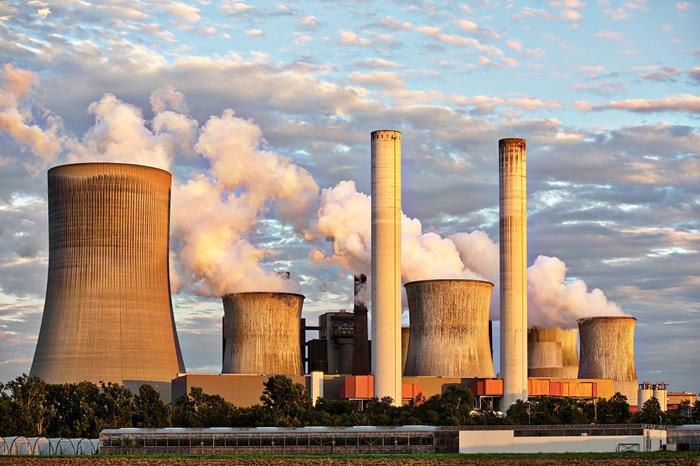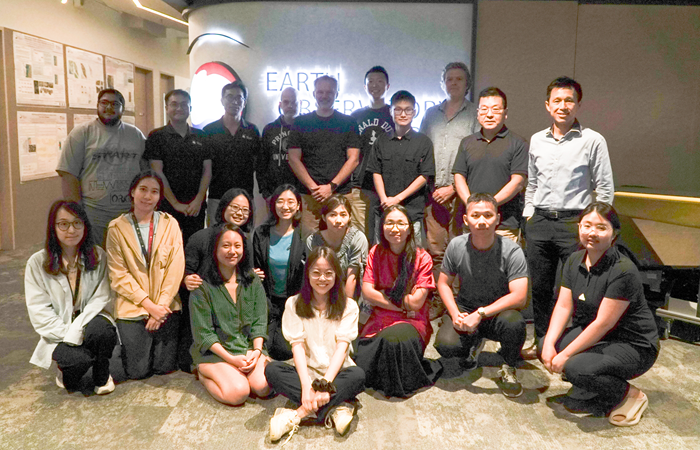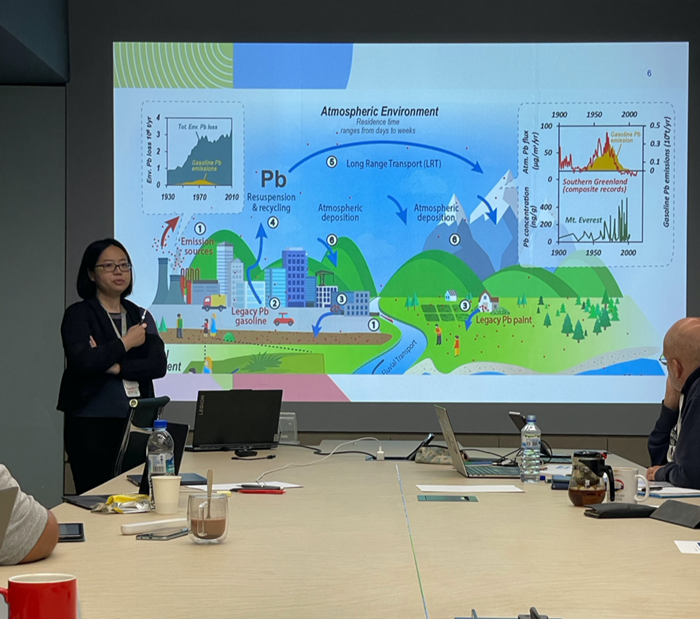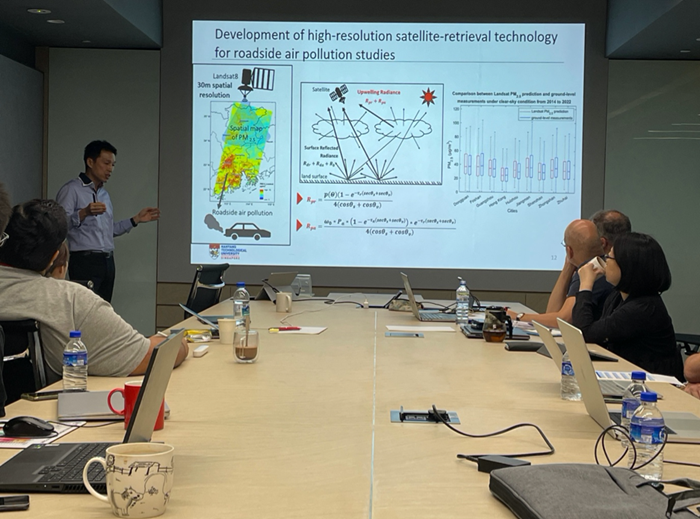Lead is a well-known pollutant that can harm our brain and central nervous system. This chemical component, also called Pb, is for example generated by the burning of fossil fuels, and it floats in the air we breathe. Lead pollution is a global problem. Despite some efforts to reduce leaded gasoline, lead present in the atmosphere is still higher than the natural baseline in many countries, such as Singapore and England. How can we mitigate or reduce human exposure to lead to ultimately improve our health? To do this, we first need to understand where lead pollution comes from.

Large industrial plumes polluting the environment (Source: Chris LeBoutillier/Pexels)
The Earth Observatory of Singapore (EOS) conducted a workshop with scientists from the National University of Singapore (NUS) and the Imperial College London (ICL) to identify the sources of lead in Singapore’s air. Associate Professors Wang Xianfeng and Steve Yim, both Principal Investigators at EOS, hosted the event, together with Dr. Chen Mengli, a former EOS PhD student who now works at the Tropical Marine Science Institute at NUS.
The workshop, which comprised both research presentations and discussions, focused on identifying the sources of lead, and on discussing the health and socio-economic impacts from lead pollution as well as some potential mitigation strategies.

“The presentations showed diverse methods used to study air pollutants,” said Ms. Lin Ke, a Research Associate from the EOS Isotope Geochemistry team. “Different perspectives will add value to this collaboration.” Ms. Lin presented her research on lead in Southeast Asian corals, including how she identifies and quantifies lead in the corals. In her presentation, she assessed how the discontinuation of leaded gasoline affects lead present in the corals. She showed evidence that lead decreases with time if the corals are less exposed to the pollutant, which leaves us with a sense of hope.
“Lead can be produced through smelting, coal burning and many other ways,” said Associate Professor Xianfeng Wang, a Principal Investigator at EOS who leads the Isotope Geochemistry team. “Sometimes, when the burning of biomass is too strong, there is a chance to agitate the peat, causing the lead that was previously buried to be released to the atmosphere.”
Assoc. Prof. Wang has worked extensively in studying the composition of Singapore’s air. In one of his studies, he used a Multi Collector-Inductively Coupled Plasma Mass Spectrometer (MC-ICPMS) to measure the concentration and isotopic ratios of lead in Singapore’s air. The isotopic ratios are crucial in determining the origin of the lead. He demonstrated that the lead concentration has significantly reduced following the phase-out of leaded gasoline, but that it remains persistently higher than the natural background.
Dr. David Green, who studies air pollution and its impacts on health at ICL, conducted a similar study about London’s air and also found that the lead concentration in London’s air is well above natural background. He suggests that about 30% of the lead in London’s air is due to the resuspension of lead that was produced in the past but still remains in the environment.

Dr. Chen Mengli from NUS explains how lead moves in the environment (Source: Bernie Wee/ Earth Observatory of Singapore)
Scientists had an engaged discussion about the impacts of lead on human health. For example, Professor Dominik Weiss, who studies the role of metals in environmental and earth system processes at ICL, presented how increased levels of lead can affect the intellectual development of children, which has knock-on effects on the economy. His focus on these thought-provoking aspects shows the significance on how this collaboration between EOS and ICL can impact society.
The workshop also addressed other toxic contaminants in the atmosphere including atmospheric particulate matter (APM), such as soot, and ozone. Studying APM is fundamental to the research in air quality. Prolonged exposure to such matter may lead to respiratory disorders and sometimes even heart diseases. “Some of the common respiratory problems, like asthma, can be aggravated by the particulate matter,” said Assoc. Prof. Steve Yim, who leads the EOS Air Pollution and Health team. “Prolonged exposure to ozone has shown to deteriorate lung functions,” he added.

Associate Professor Steve Yim explains his work on a high-resolution method to study roadside air pollution (Source: Bernie Wee/ Earth Observatory of Singapore)
Joint efforts between different research teams, such as this workshop between EOS and ICL, are essential to study how lead affects the environment and the health of people exposed to this pollutant. These efforts are critical to inform appropriate mitigation strategies. As we keep digging into where lead comes from and how it affects us, we are taking steps toward a cleaner, safer, and healthier future for everyone.
This research was funded by the Nanyang Technological University – Imperial College London Collaboration fund and the workshop was made possible with the invaluable support of the Earth Observatory of Singapore.